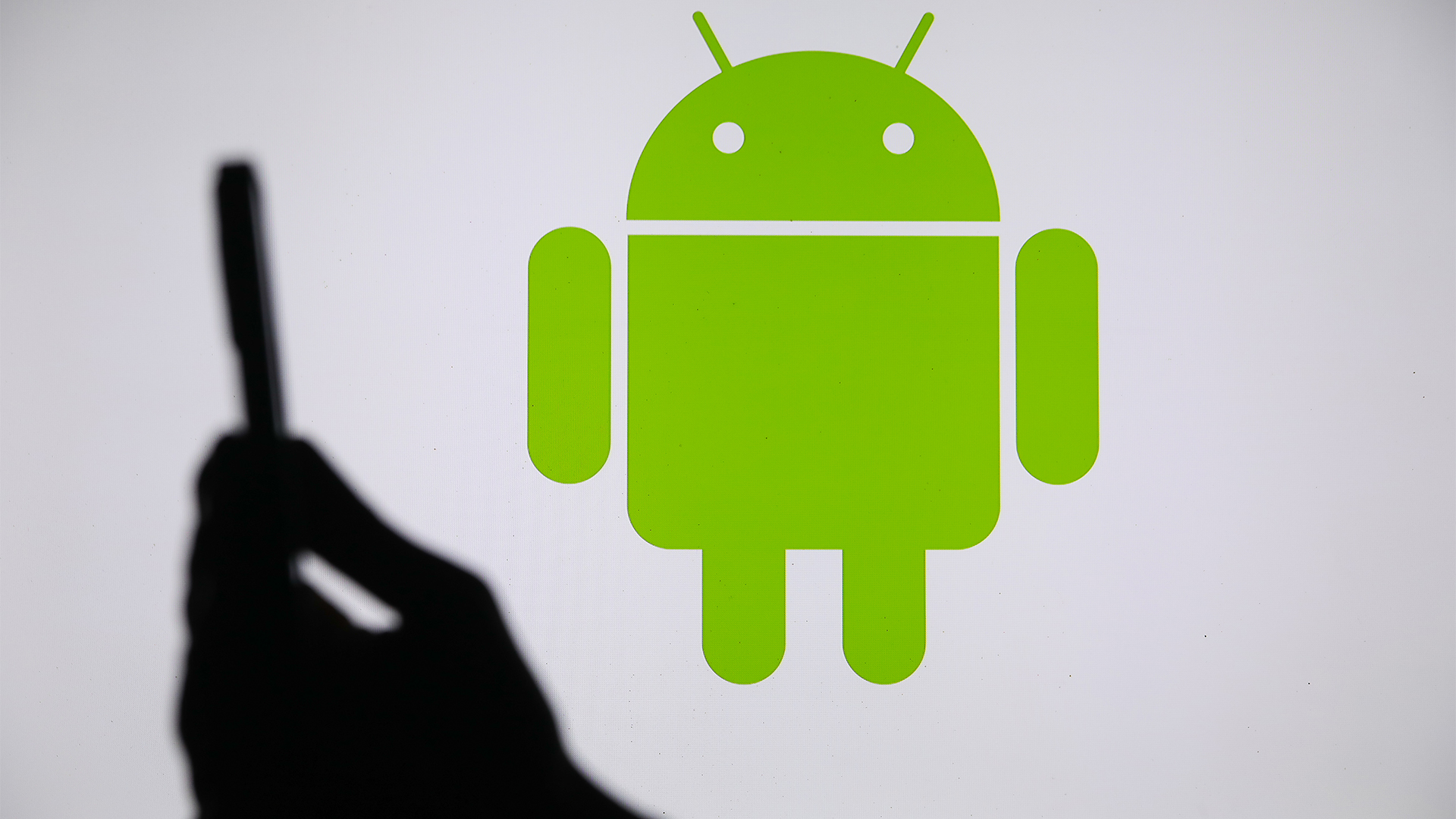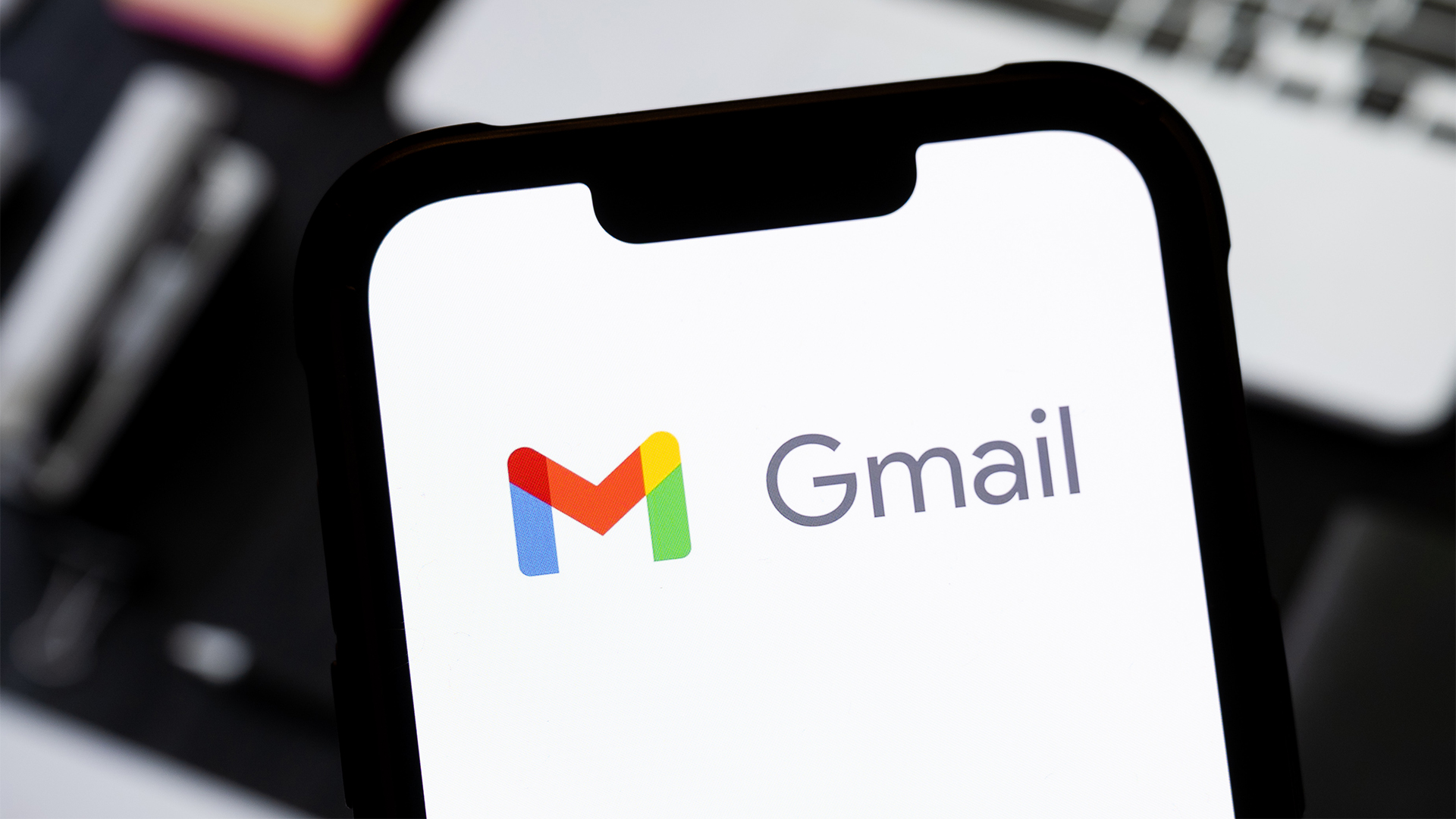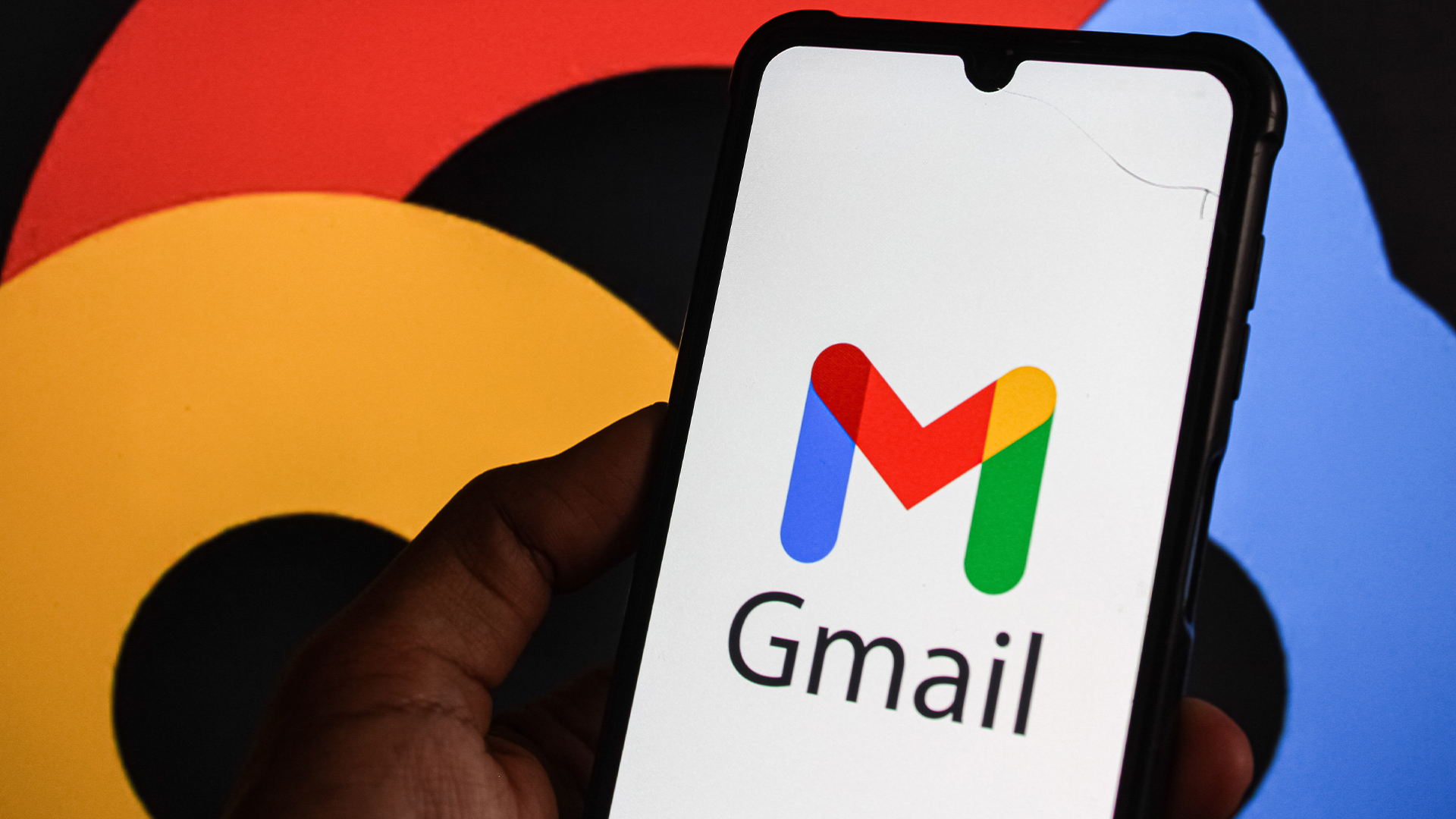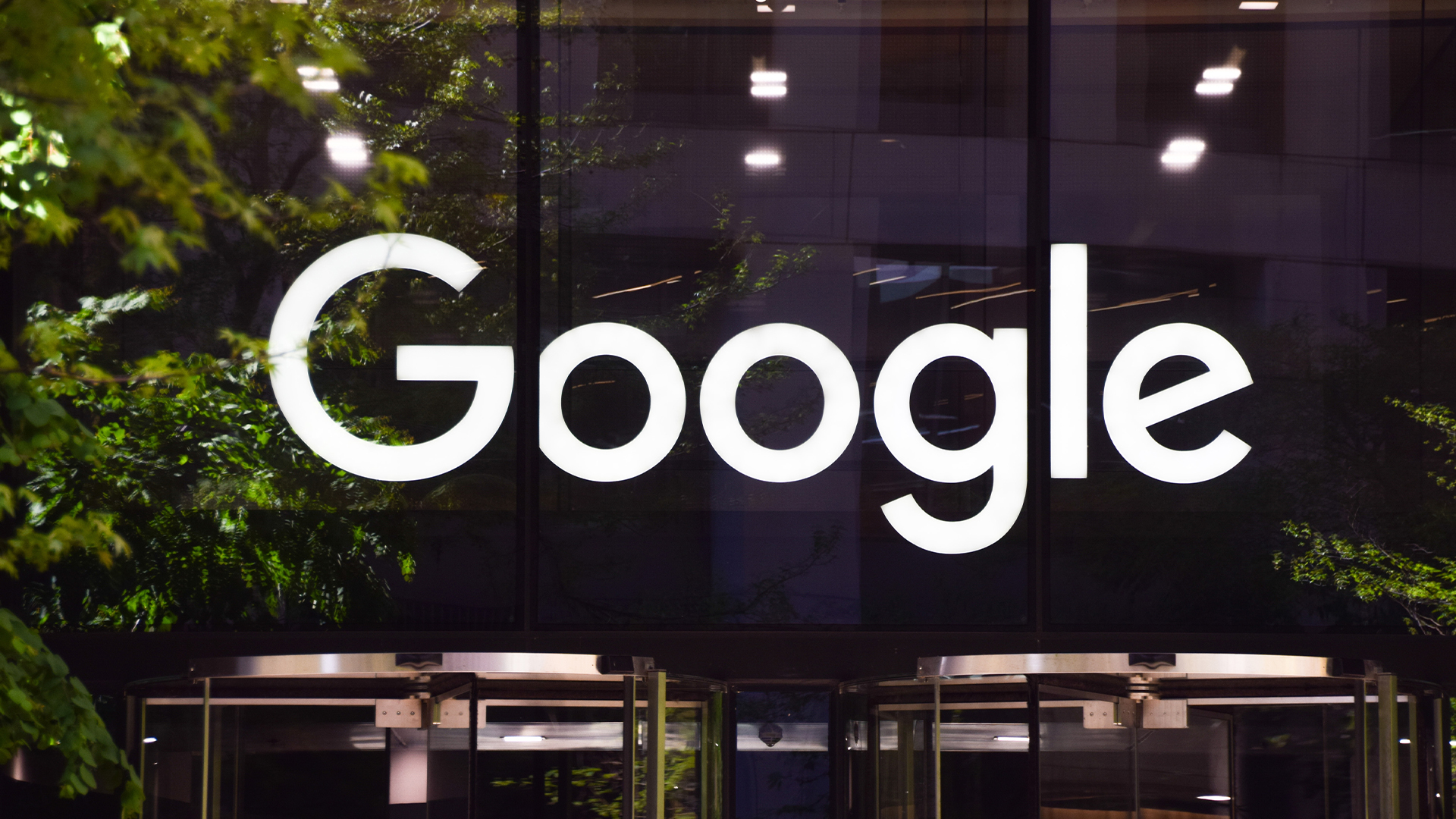This new Android attack could let hackers swipe 2FA codes and snoop on private messages – ‘Pixnapping’ affects Samsung and Google smartphones, but experts warn more could be at risk
Pixnapping exploits Android APIs and a GPU hardware side channel to steal 2FA codes


Researchers have uncovered a new class of Android attack based on a years-old data-stealing browser attack method.
The technique, dubbed Pixnapping by US-based researchers, allows attackers to stealthily steal sensitive information displayed by other apps or even websites without users ever realizing their data has been compromised.
This data can include two-factor authentication (2FA) codes, private messages, and even financial information.
In proof-of-concept tests, the team was able to recover sensitive information from widely used apps and websites such as Signal, Venmo, Google Authenticator, Gmail, Google Maps, and Google Accounts.
Notably, the malicious app was able to steal 2FA codes from Google Authenticator in less than 30 seconds, all without requiring any Android permissions or displaying suspicious activity to the user.
Pixnapping allows a malicious Android app to 'snap' pixels from other apps or websites by exploiting Android APIs and a GPU hardware side channel known as 'GPU.zip', which leaks information about how the graphics hardware processes visual data.
How Pixnapping attacks work
Pixnapping works in a three-stage process, with the first being invoking a target app, such as Google Authenticator, to cause sensitive information to be submitted for rendering.
Sign up today and you will receive a free copy of our Future Focus 2025 report - the leading guidance on AI, cybersecurity and other IT challenges as per 700+ senior executives
The next step involves inducing graphical operations on individual sensitive pixels rendered by the target app - for example, the pixels that are part of the screen region where a 2FA character is known to be rendered by Google Authenticator.
A side channel such as GPU.zip is then used to steal the pixels operated on during step two, one pixel at a time. Steps two and three are repeated for as many pixels as needed to run optical character recognition over the recovered pixels and recover the original content.
The researchers demonstrated successful attacks on modern Google and Samsung phones, including the Pixel 6 through Pixel 9 ranges, and the Galaxy S25, running Android versions 13 through 16.
However, because the core mechanisms used by Pixnapping are typically available in all Android devices, the vulnerability is likely to affect a wide range of smartphones across manufacturers.
“Conceptually, it is as if any app could take a screenshot of other apps or websites without permission, which is a fundamental violation of Android’s security model,” said researcher Riccardo Paccagnella, assistant professor in Carnegie Mellon University’s Software and Societal Systems Department.
Initial patches failed to solve the issue
In February, the research team disclosed its findings to Google, which rated Pixnapping High Severity and began tracking it as CVE-2025-48561.
While Google attempted to mitigate the issue by restricting access to certain APIs, the research team said it later discovered a workaround that restored the attack’s effectiveness.
There's no evidence that the vulnerability has been exploited in the wild. However, as of October 13, researchers said Android remained vulnerable – although Google plans to issue an additional patch in its December Android security bulletin.
"Fixing Pixnapping will likely require changes to core Android mechanisms, for example, by allowing apps to prevent other apps from drawing over their sensitive content," said Paccagnella.
To prevent Pixnapping, the researchers recommend that users keep their Android devices updated with the latest patches as soon as they are released.
They plan to release Pixnapping’s source code once effective patches are available, to support further academic research and industry defenses.
Make sure to follow ITPro on Google News to keep tabs on all our latest news, analysis, and reviews.
MORE FROM ITPRO
- DNS Security 101: How to safeguard your business from cyber threats
- Why this Cybersecurity Awareness Month is particularly urgent
- How the channel can help enterprises short up supply chain security
Emma Woollacott is a freelance journalist writing for publications including the BBC, Private Eye, Forbes, Raconteur and specialist technology titles.
-
 Asahi reveals 1.5 million customers impacted in cyber attack
Asahi reveals 1.5 million customers impacted in cyber attackNews No ransom has been paid, said president and group CEO Atsushi Katsuki, and the company is restoring its systems
-
 Practical AI: the age of agentic AI
Practical AI: the age of agentic AICase study Agentic AI marks a new phase of automation – but only if systems are implemented with proper governance
-
 Google wants to take hackers to court
Google wants to take hackers to courtNews You don't have a package waiting for you, it's a scam – and Google is fighting back
-
 Google says reports of a 'huge' Gmail breach affecting millions of users are false, again
Google says reports of a 'huge' Gmail breach affecting millions of users are false, againNews Reports of a major Gmail affecting millions of users have been flooding the web this week – Google says they're "false" and you've nothing to worry about.
-
 Google hits back at 'entirely false' reports of major Gmail security breach
Google hits back at 'entirely false' reports of major Gmail security breachNews Reports of a massive Gmail hack affecting billions of users have been denied by Google
-
 Google cyber researchers were tracking the ShinyHunters group’s Salesforce attacks – then realized they’d also fallen victim
Google cyber researchers were tracking the ShinyHunters group’s Salesforce attacks – then realized they’d also fallen victimNews In an update to an investigation on the ShinyHunters group, Google revealed it had also been affected
-
 A flaw in Google’s new Gemini CLI tool could’ve allowed hackers to exfiltrate data
A flaw in Google’s new Gemini CLI tool could’ve allowed hackers to exfiltrate dataNews The company has moved to fix a vulnerability that allowed the execution of malicious code
-
 Foreign AI model launches may have improved trust in US AI developers, says Mandiant CTO – as he warns Chinese cyber attacks are at an “unprecedented level”
Foreign AI model launches may have improved trust in US AI developers, says Mandiant CTO – as he warns Chinese cyber attacks are at an “unprecedented level”News Concerns about enterprise AI deployments have faded due to greater understanding of the technology and negative examples in the international community, according to Mandiant CTO Charles Carmakal.
-
 Adopting more security tools doesn't keep you safe, it just overloads your teams
Adopting more security tools doesn't keep you safe, it just overloads your teamsNews Security tool sprawl makes it harder to manage environments and overwhelms teams
-
 Google’s Big Sleep AI model just found a zero-day vulnerability in the wild — but don’t hold your breath for game-changing AI bug hunting tools any time soon
Google’s Big Sleep AI model just found a zero-day vulnerability in the wild — but don’t hold your breath for game-changing AI bug hunting tools any time soonNews Google clarified it was the first undiscovered memory safety bug to be flagged by an AI agent, touting this as a significant step in using AI for vulnerability research
